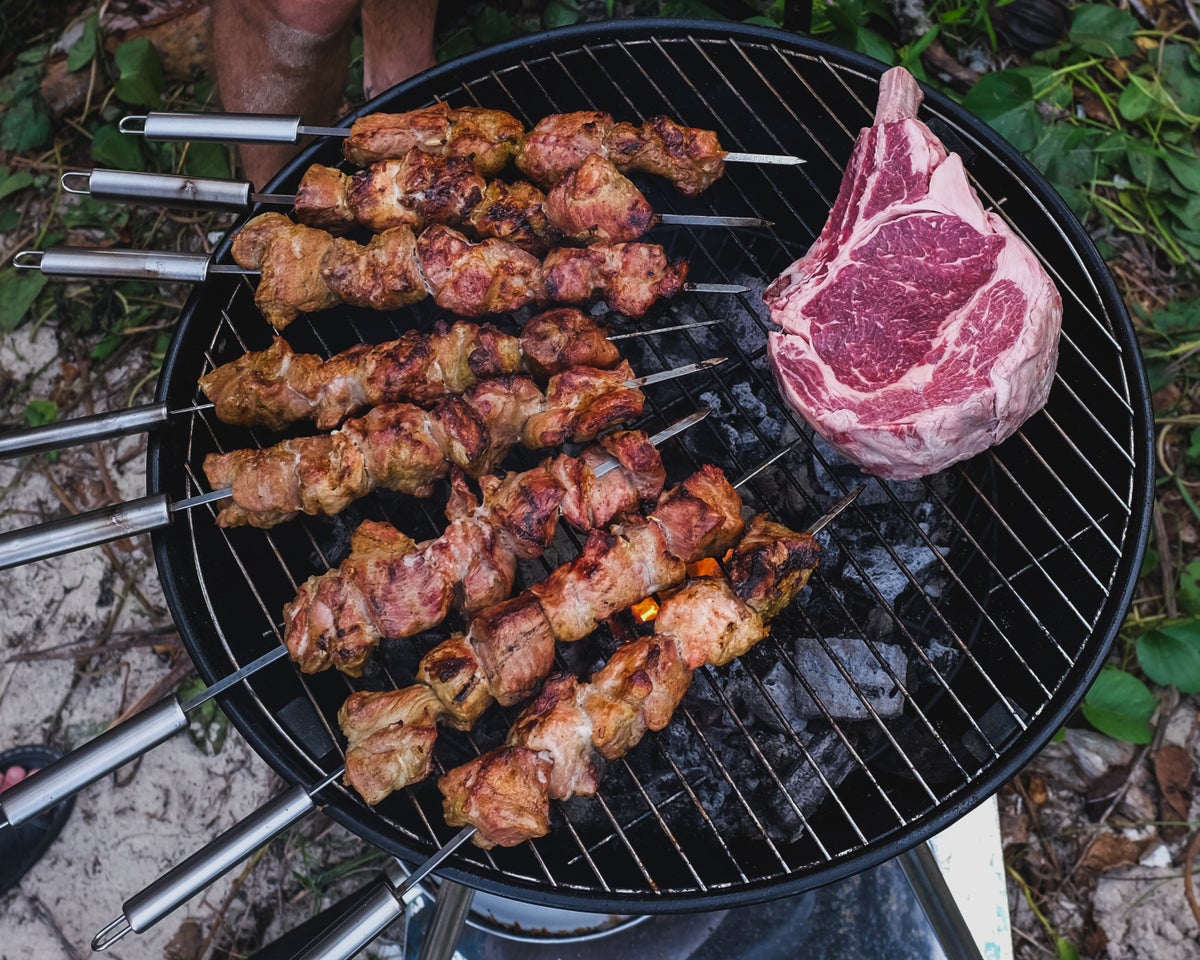Now Reading: Why Rare Beef Is Safe but Rare Chicken Isn’t
-
01
Why Rare Beef Is Safe but Rare Chicken Isn’t
Why Rare Beef Is Safe but Rare Chicken Isn’t

Quick Summary
- Food microbiologists outline guidelines for safely cooking different types of meat, emphasizing temperature thresholds to kill harmful microbes.
- Recommended internal cooking temperatures:
– chicken: 73.9°C (165°F)
– Pork and steak: 62.8°C (145°F)
– Ground meat: 71.1°C (160°F)
- Temperature guidelines were developed through experiments by U.S. agencies in the 1970s and ’80s to ensure sufficient bacteria reduction.
- Cuts of meat differ in bacterial contamination risks:
– steak/pork chops have dense muscle fibers; surface microbes are killed via searing.
– Ground meat needs higher heat due to bacteria distributed throughout during processing.
– Poultry poses a higher risk of internal Salmonella contamination, requiring more thorough cooking.
- In 2011, the USDA lowered safe pork cooking temperatures from 71.1°C to 62.8°C following reduced prevalence of Trichinella spiralis nematode due to improved farming practices.
- Safe food handling practices include using separate cutting boards/utensils for raw and cooked items, washing hands thoroughly, and disposing of “meat diapers” properly.
- Using digital thermometers is recommended as they measure internal temperature accurately at the tip.
Indian Opinion Analysis
India’s diverse culinary traditions make this data on safe meat readiness highly relevant given the growing popularity of barbecue-style grilling and globalized food habits among urban populations. With rising antibiotic resistance globally and less rigorous regulation in some food sectors within India,ensuring proper cooking methods could play a critical role in mitigating foodborne illness risks caused by harmful microbes like Salmonella or Listeria.Local guidelines on grilling safety could benefit from international models but need adjustments based on India’s unique consumption patterns and climatic conditions that favor rapid microbial growth.Moreover, public awareness campaigns emphasizing hygiene practices like cross-contamination prevention might potentially be instrumental for households where refrigeration limits or traditional methods still dominate food storage habits.Availability and affordability of tools such as digital thermometers could also enhance compliance with safe-cooking measures across all socioeconomic levels.
Read More: Scientific American Article

























